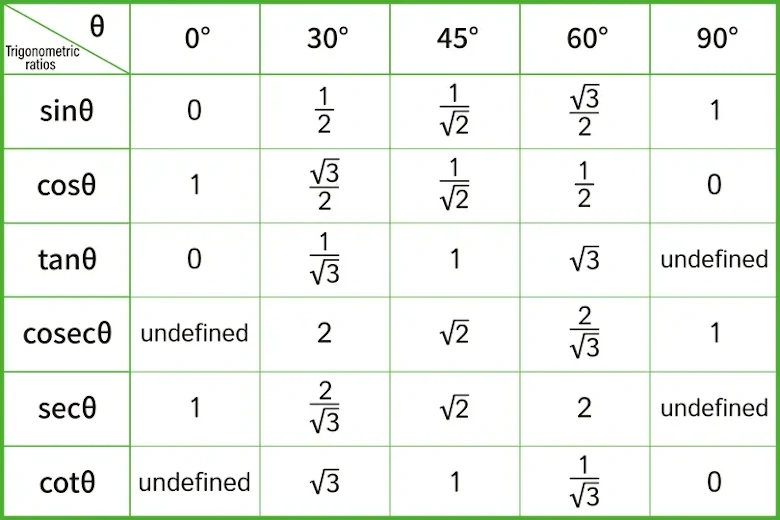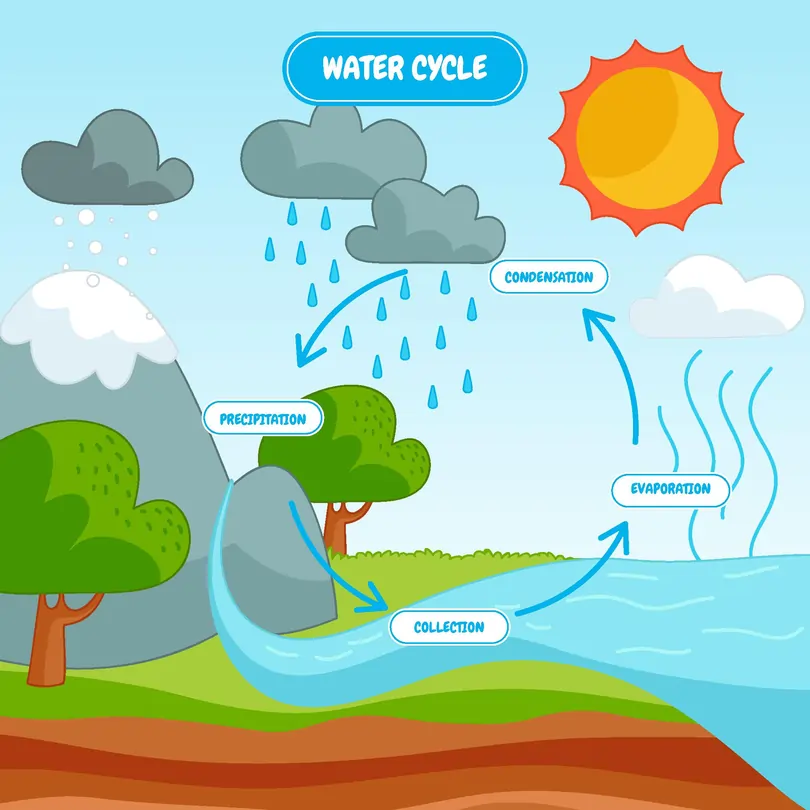15 Uncommon Literary Devices to transform your storytelling

Everyone loves a good story. To tell it well, you need a toolbox’s worth of literary devices and techniques.
We all know about similes, metaphors, and personification, the usual suspects, but have you ever ventured into the world of less-traveled paths in the literary landscape?
In this article, we’ll be diving into 15 unusual and often overlooked devices that can work real magic in your storytelling.
#1 Amplification
Amplification is a literary device in which a writer or speaker embellishes a sentence or phrase by adding more detail, explanation, or emphasis to enhance its meaning. It serves to provide clarity, emphasis, and persuasion by elaborating on the original idea.
Example: Let’s say someone says ‘The weather was so hot that day; it felt like we were standing on the surface of the sun’. The second half of the sentence amplifies the intensity of the heat for emphasis, helping readers understand how terribly hot the weather was.
#2 Anthropomorphism
Anthropomorphism is a literary and artistic device in which non-human entities, animals, objects, or natural phenomena are portrayed with human attributes, characteristics, or behaviors. It involves attributing human qualities such as emotions, thoughts, or intentions to these non-human entities, making them relatable and engaging to the audience.
Example: In children's literature, talking animals like those in ‘Winnie-the-Pooh’ or ‘Charlotte's Web’ exhibit human emotions and wisdom. Similarly, animated films often use anthropomorphism to create endearing characters, such as talking animals in ‘Zootopia’ and ‘The Lion King’.
#3 Antithesis
Antithesis is a rhetorical and literary device that involves the contrast of two opposing or contrasting ideas, often in parallel structures, to create a clear and impactful contrast in a sentence or within a larger text. It serves to emphasise differences and make a point more effectively.
Example: In Charles Dicken's famous classic, 'A Tale of Two Cities' he famously wrote, 'It was the best of times, it was the worst of times'. Using antithesis to highlight the extreme contradictions of the era.
#4 Chiasmus
Chiasmus is a rhetorical and literary device where words or phrases are repeated in reverse order in successive clauses or sentences. It creates a balanced and symmetrical structure that can be used for emphasis, contrast, or to draw attention to the reversal of ideas.
Example: In John F. Kennedy's famous inaugural address, he employed the clever use of chiasmus 'Ask not what your country can do for you; ask what you can do for your country' to emphasise civic responsibility.
#5 Colloquialism
A colloquialism is a linguistic expression or phrase commonly used in informal, everyday language, specific to a particular region, group, or culture. These words or phrases may not conform to the standard rules of formal language and are often familiar to those who share the same cultural or social context. Colloquialisms add a sense of authenticity and familiarity to speech and writing.
Example: Terms like "gonna" instead of "going to," "wanna" for "want to," or "y'all" as a colloquial contraction of "you all." These expressions are prevalent in casual conversations, but they may not be suitable for formal or academic contexts.
#6 Circumlocution
Circumlocution is a literary device in which an idea is expressed through excessive words and convoluted sentence structures. It’s often used to avoid giving an honest or direct answer, especially in delicate or evasive situations.
Example: A doctor might use circumlocution when discussing a patient's prognosis, saying, ‘We are facing some challenges in your health journey,’ to avoid using the word ‘terminal’.
#7 Epigraph
An epigraph is a brief quotation, phrase, or excerpt often found at the beginning of a book, chapter, or section, serving to introduce or set the tone for the work that follows. It can be from another author's work or a text relevant to the themes or content of the book. Epigraphs are used to provide context, allusion, or a philosophical foundation for the main text.
Example: In the famous Stephen King 'The Dark Tower' series, the epigraph at the beginning of the first book, 'The Gunslinger', is an excerpt from Robert Browning's poem 'Childe Roland to the Dark Tower Came'. It reads: 'See it everlastingly, in the world's cracked crust and world-words endless, speaking'.
#8 Motif
A motif is a recurring thematic element, concept, or symbol within a literary work that helps to develop and reinforce the story's larger themes or ideas. It serves as a unifying element that connects various parts of the narrative, enhancing the depth and complexity of the text.
Example: In ‘The Lord of the Rings’ trilogy, the motif of the ‘One Ring’ is central to the story, representing power and corruption. It recurs throughout the films, influencing characters and events, and symbolises the larger battle between good and evil.
#9 Onomatopoeia
Onomatopoeia is a literary device in which words imitate or resemble the sounds they describe, creating a vivid and sensory experience for the reader. It adds aural and sensory depth to the text, allowing readers to hear and visualize the sounds being represented.
Example: In comic books, words like ‘pow," "zap," and "wham" are used to depict the sounds of actions or impacts, enhancing the visual storytelling. In Lewis Carroll's "Jabberwocky," words like "snicker-snack" and "frabjous" create a whimsical, nonsensical atmosphere by mimicking imaginary sounds.
#10 Oxymoron
An oxymoron is a literary device that pairs two opposing words together, resulting in a poetic, paradoxical expression. It's often used to highlight the complexity or irony of a situation or idea.
Example: In Shakespeare's most famous play ‘Hamlet’, its eponymous character used the term ‘cruel kindness’ to highlight the contradictory nature of his mother’s actions.
#11 Portmanteau
A portmanteau is a linguistic and literary device in which two or more words or their sounds are combined to create a new word with a blended meaning. It often serves to express complex concepts or ideas concisely.
Example: For instance, the word 'brunch' is a combination of 'breakfast' and 'lunch', capturing the notion of a late morning or early afternoon meal. 'Infomercial' blends 'information' and 'commercial' to describe a TV program that provides both product information and advertising.
#12 Puns
A pun is a form of wordplay in which a word or phrase has multiple meanings or sounds similar to another word, leading to a humorous or clever play on words. Puns are often used for comedic effect or to add wit and cleverness to language.
Example: ‘The past, present, and future walk into a bar. It was tense.’
#13 Satire
Satire is a literary device or genre that uses humor, irony, or exaggeration to critique and mock individuals, institutions, or societal issues. It aims to highlight and often condemn the flaws, absurdities, or vices of its subject matter, often with the intention of provoking social change or raising awareness.
Example: In 'A Modest Proposal', Jonathan Swift proposes a satirical solution to the problem of overpopulation and poverty in Ireland. In the essay, he suggests that poor families should sell their children as food to the rich.
#14 Litotes
Litotes is a figure of speech in which understatement is used to emphasise an idea or quality by negating its opposite. Rather than stating something directly, litotes employs a double negative or an expression of the contrary to convey a positive or strong meaning. It's often used to create subtlety and to downplay an idea, making the statement more emphatic and engaging.
Example: For instance, you may imply someone is attractive by saying ‘she’s not unattractive’. Similarly, by saying ‘the movie isn’t half bad’, you imply that the movie is quite good.
#15 Tmesis
Tmesis is a linguistic and rhetorical device that involves inserting one or more words within a compound word or phrase, typically for emphasis or to add an informal or playful tone to the language. It creates a separation within a word and serves to highlight or exaggerate a particular aspect of the word or phrase.
Example: For instance, ‘‘un-freaking-believable’ where ‘freaking’ is inserted within ‘unbelievable’ for greater emphasis. Similarly, saying ‘not-so-quiet library’ highlights the irony of a library being not as silent as expected.


 SG
SG  VN
VN 


















